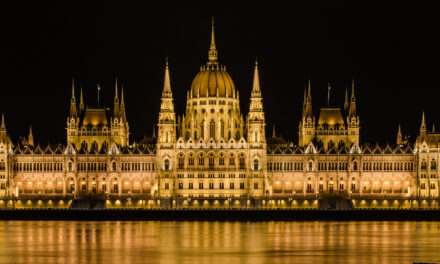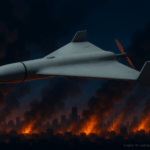On 17 June 2025, Russia executed what Ukrainian analysts describe as the largest single assault on Kyiv since the full-scale invasion began, launching nearly 500 aerial weapons—predominantly kamikaze drones—at the capital and its suburbs. Military analyst Ivan Kyrychevskyi characterized the strike pattern as a deliberate attack on apartment blocks and other civilian sites, noting that X-101 cruise missiles armed with cluster warheads are poor tools for breaching fortifications but devastatingly effective against people in open, residential settings. The United Nations said the onslaught may be Kyiv’s deadliest in almost a year, underscoring that the heaviest destruction fell on densely populated neighborhoods rather than military targets. These facts align with a longer pattern that has eroded claims of accidental damage after previous mass-casualty incidents—including the 2024 strike on the Ohmatdyt children’s hospital—and with Russia’s earlier urban devastations in Mariupol and Bakhmut and atrocities in Bucha. Euromaidan Press
Timing and signaling were central to the attack’s meaning. The barrage followed closely after Vladimir Putin personally phoned Donald Trump to offer birthday congratulations and after Trump’s public comments about Russia’s exclusion from the G8. Ukrainian officials read the strike as a calculated message: Moscow intended to project contempt for G7 and US-led peace efforts by demonstrating it can still overwhelm air defenses, inflict terror on civilians, and hijack the global agenda even as Western leaders convene. The volume—surpassing previous mass launches of 200–300 aerial weapons—suggests a test of saturation tactics that mix drones and missiles to stretch interception capacity and psychological resilience alike. By choosing cluster warheads and civilian-heavy target sets, Russia amplified the domestic shock effect while inviting renewed international debate over war-crime accountability and the adequacy of sanctions and air-defense support. In short, the 17 June operation was not merely another night of strikes; it was strategic theater aimed at shaping diplomacy by slaughter, reminding Ukraine’s partners that discussions about ceasefires or “grand bargains” will be met with escalatory cruelty unless matched by credible deterrence and sustained defensive aid.












